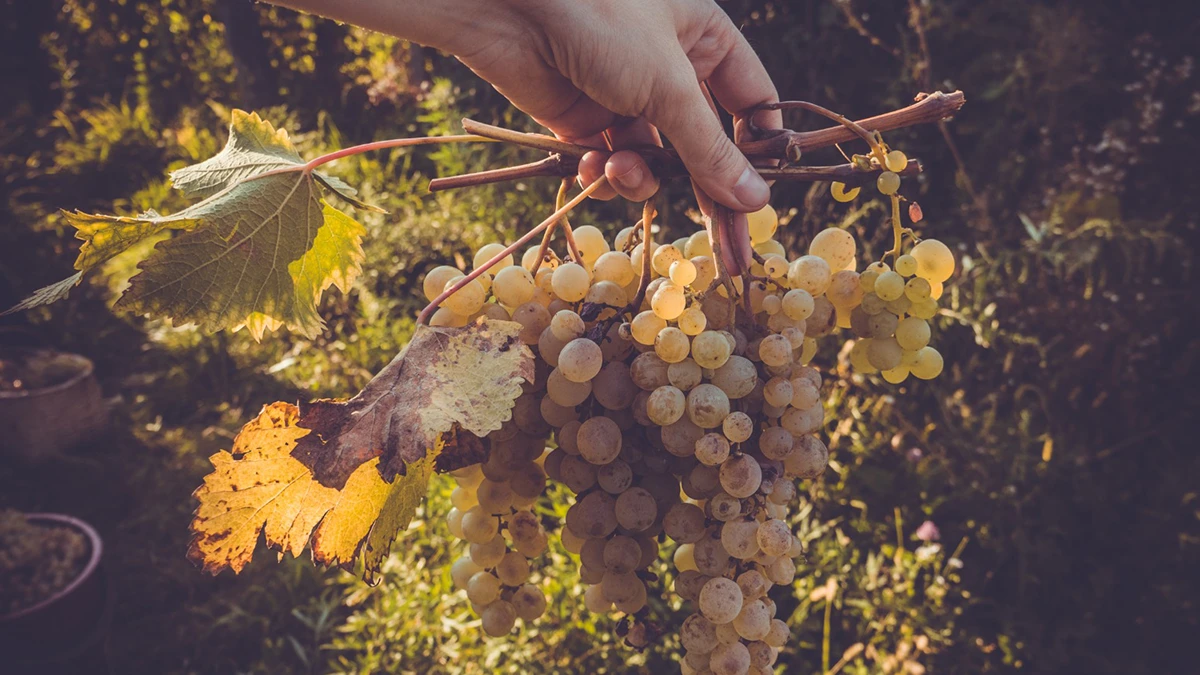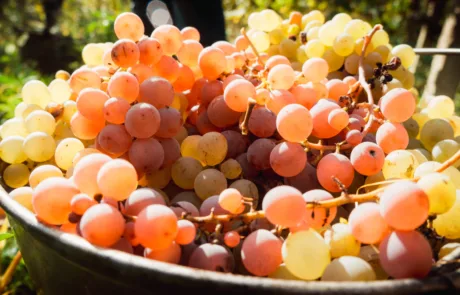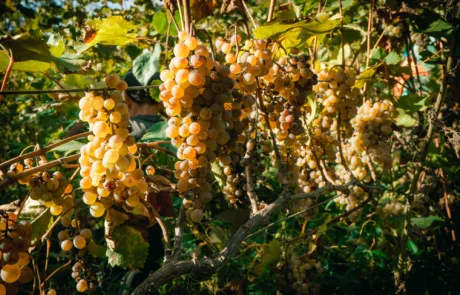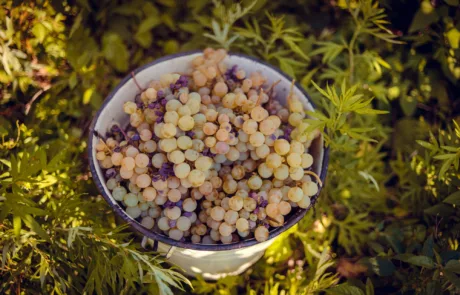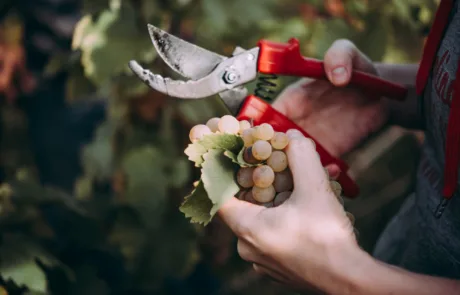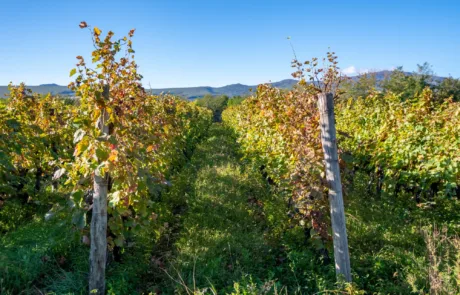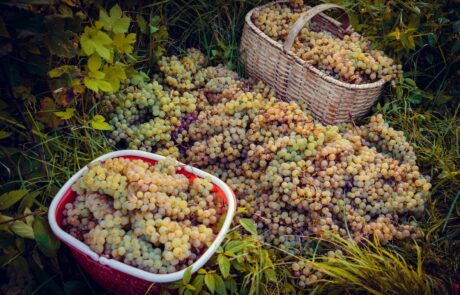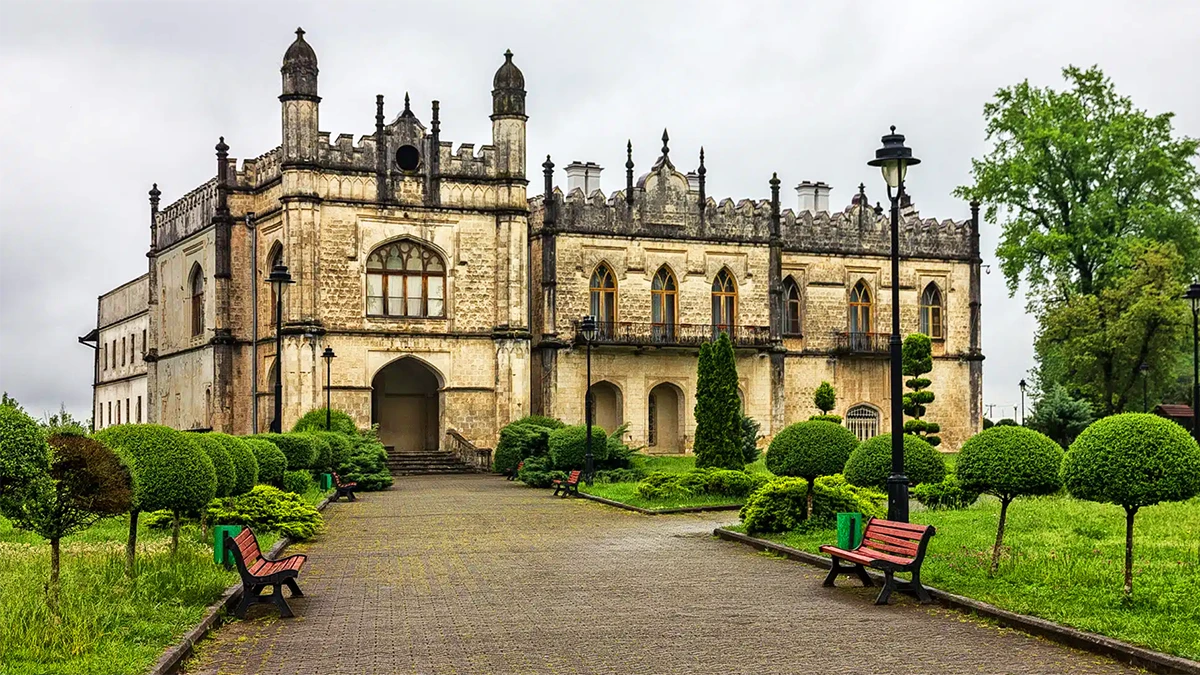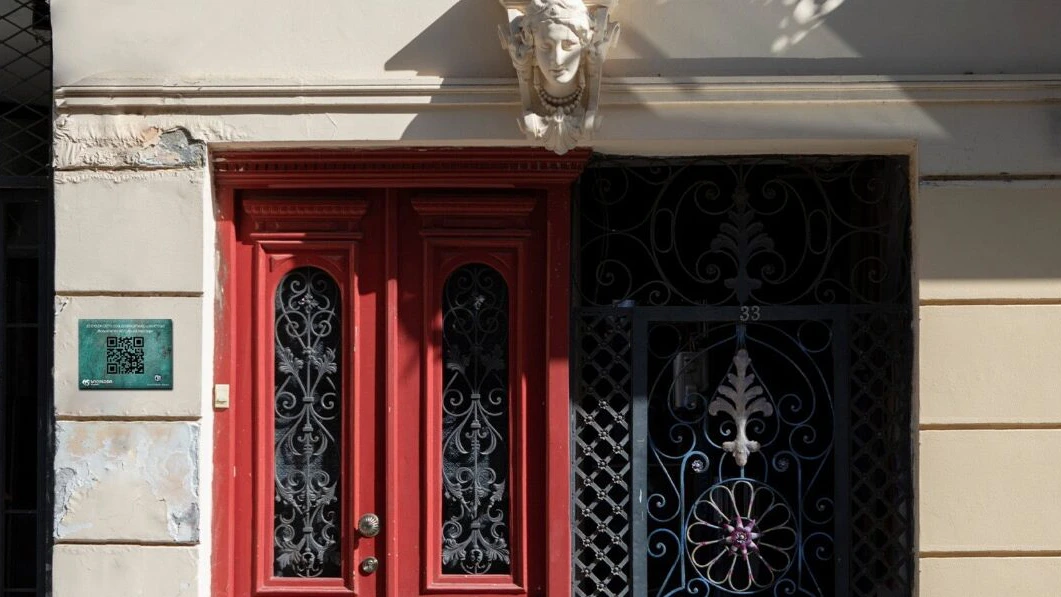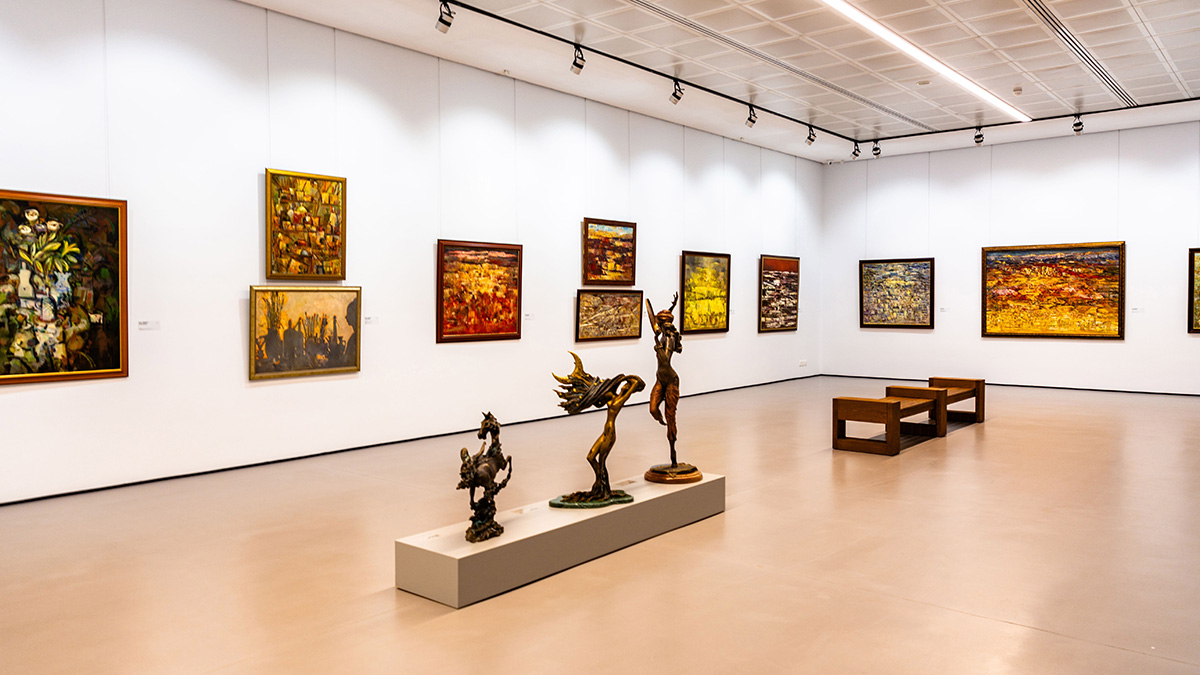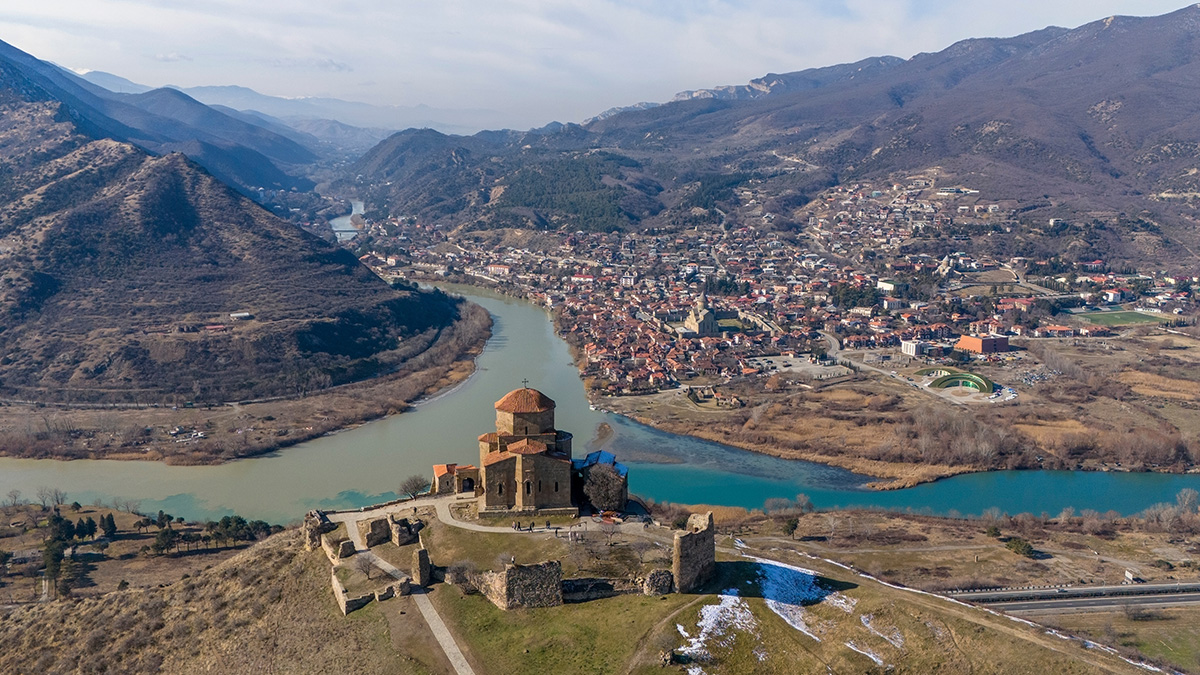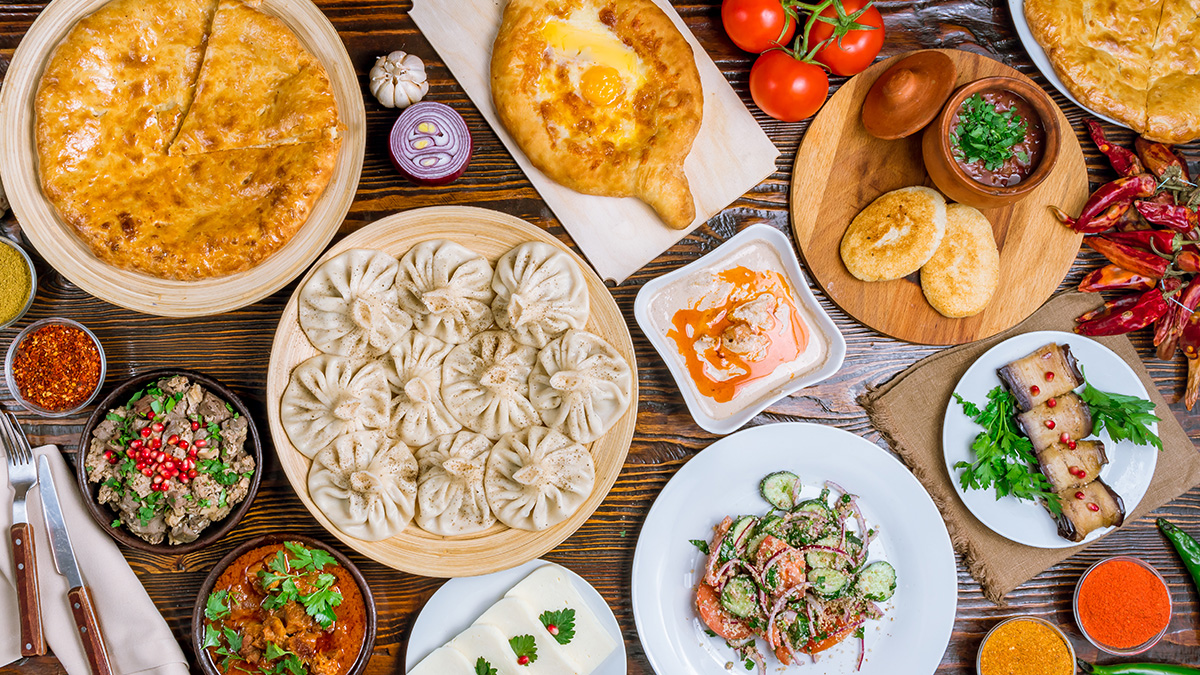Every Ka-Rtveli’s Finest Feast of Autumn
Georgia has a centuries-old history of winemaking. 80 centuries, to be precise. In 2017, it was confirmed that 8,000-year-old pottery fragments have been found in Georgia. It took three years of archaeological activities involving international specialists and scientists to reveal the earliest evidence of grape wine-making in two Neolithic villages, called Gadachrili Gora and Shulaveris Gora, about 50km south of Tbilisi. Chemical signs of wine were discovered in eight pottery jars, the oldest one dating from about 5,980 BC. These large jars called qvevri, similar to the ancient ones, are still used for wine-making in Georgia. It is noteworthy that In 2013, qvevri wine making was added to UNESCO’s “Humanity’s Intangible Cultural Heritage” list.
Georgia proudly bears the title of the cradle of wine. Nowadays, there are more than 500 wine varieties in Georgia, out of 1500 known names discovered throughout the centuries. Georgian farmers have accumulated centuries of knowledge and experience in how to care for grapevines. Every breed requires a different approach, a special method of growing. Such attention and gentle handling results in an extraordinary outcome – Georgian wine, that has its own place on the world map of wines.
There is a crucial and probably the most beautiful moment in between growing vineyards and producing an actual wine and it’s called Rtveli, which means grape harvesting process in Georgian. It is a traditional vintage and rural harvest holiday in Georgia usually accompanied by feasts, musical events and other celebrations. It normally takes place in late September in eastern Georgia and in mid-October in western Georgia. Harvested grapes are collected in various vessels like basket, godori (big basket), etc. The harvested grapes are first sorted by color, as later, white and red grapes are crushed separately.
The weather is usually good during Rtveli. Since ancient times, Georgians have determined the harvest day by observing the moon phases and have rarely been wrong about the weather. Even the quality of wine depends on the number of sunny days. There is even a saying: “there is a lot of sun in a good wine.”
Traditionally, family members, relatives and neighbors would gather at once in the morning and begin picking grapes by hand through the long rows of vineyards .
Nowadays Rtveli attracts a lot of local guests and tourists. For those who don’t have their own vineyards this is a lifetime experience, enjoying the connection with nature and its generosity.
Tourists visiting Georgia during Rtveli can participate in grape picking, stomping grapes and even helping in traditional wine-making with families. Many local cellars, wine companies and guesthouses with their own vineyards invite guests to join the harvest and enjoy a supra (Georgian feast) with homemade wine, folk music, and dancing activities. It’s also a great way to learn about the Kvevri wine-making method, discover unique grape varieties and experience authentic Georgian hospitality.
When traveling between cities in Georgia, one might notice Wine Route road signs with different cellar names on it. It was a project executed by the Georgian Tourism Administration and USAID to popularize Georgian wine, help local wine farmers, develop and promote wine tourism in the country. Started in 2011, it is an ongoing project as the number of wineries marked on the Wine Road across the country has increased significantly in recent years. Nowadays everyone knows that these signs on Georgian roads lead to local wineries.
If you don’t have a specific destination, you can rent a car, hire a local guide or even join a tour. The direction is up to you, from towns such as Telavi, Sighnaghi, Kvareli in Kakheti, Eastern Georgia, to Kutaisi and villages in Imereti, Ambrolauri in Racha, etc. Every region offers its unique characteristics and hospitality.
Some tours offer a more complex experience, where you can not only enjoy family wineries and participate in Rtveli, but also have a chance to visit historical landmarks like monasteries, old fortresses, castles and view gorgeous landscapes, river valleys, mountain systems while traveling in between. Visiting these places may even be necessary, as wine culture is deeply linked with Georgia’s history.
In conclusion, Rtveli is not just a process of grape harvest, it rather is a joyful celebration of Georgia’s ancient winemaking tradition, bringing together locals and visitors in an unique mix of culture and hospitality.
Gallery
We created Memo — a brand where Georgian memories come to life.
Visit Memo By GSH and take a piece of Georgia with you – Www.memories.ge

